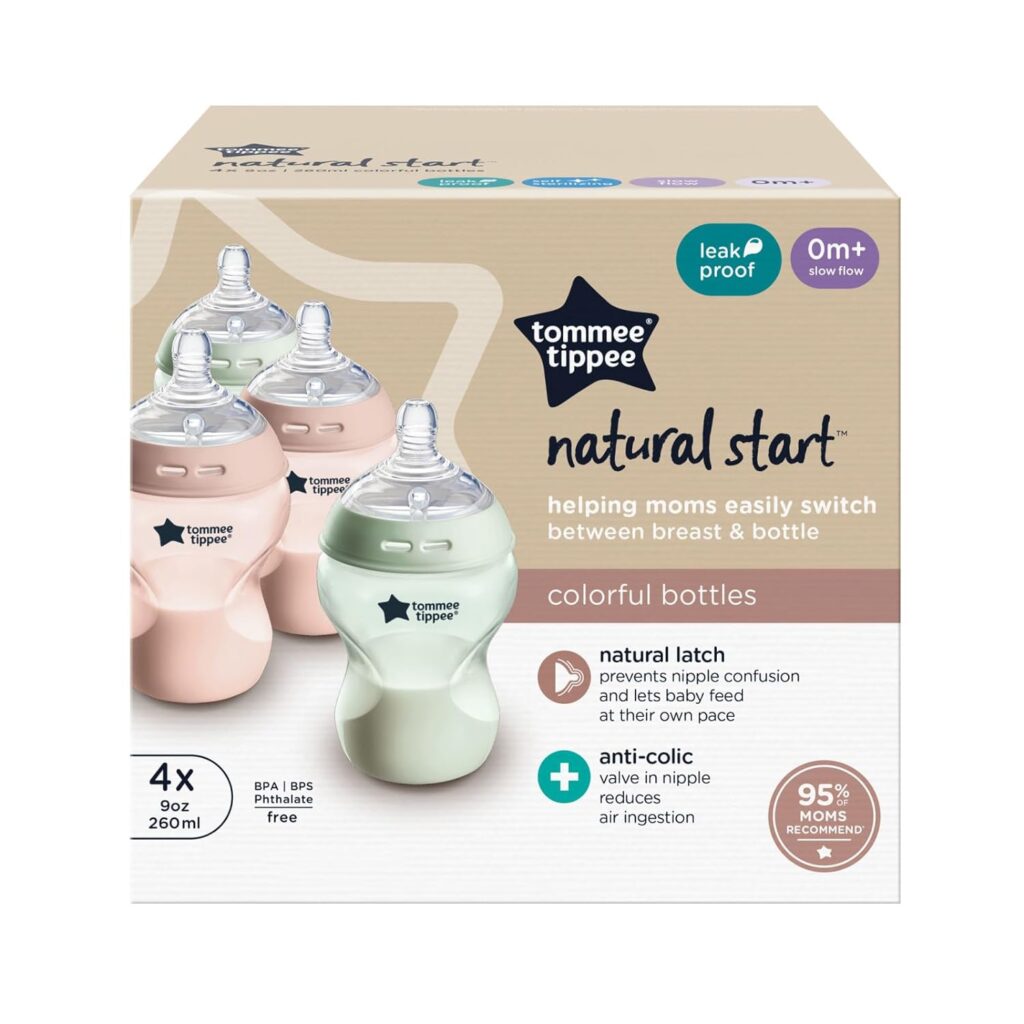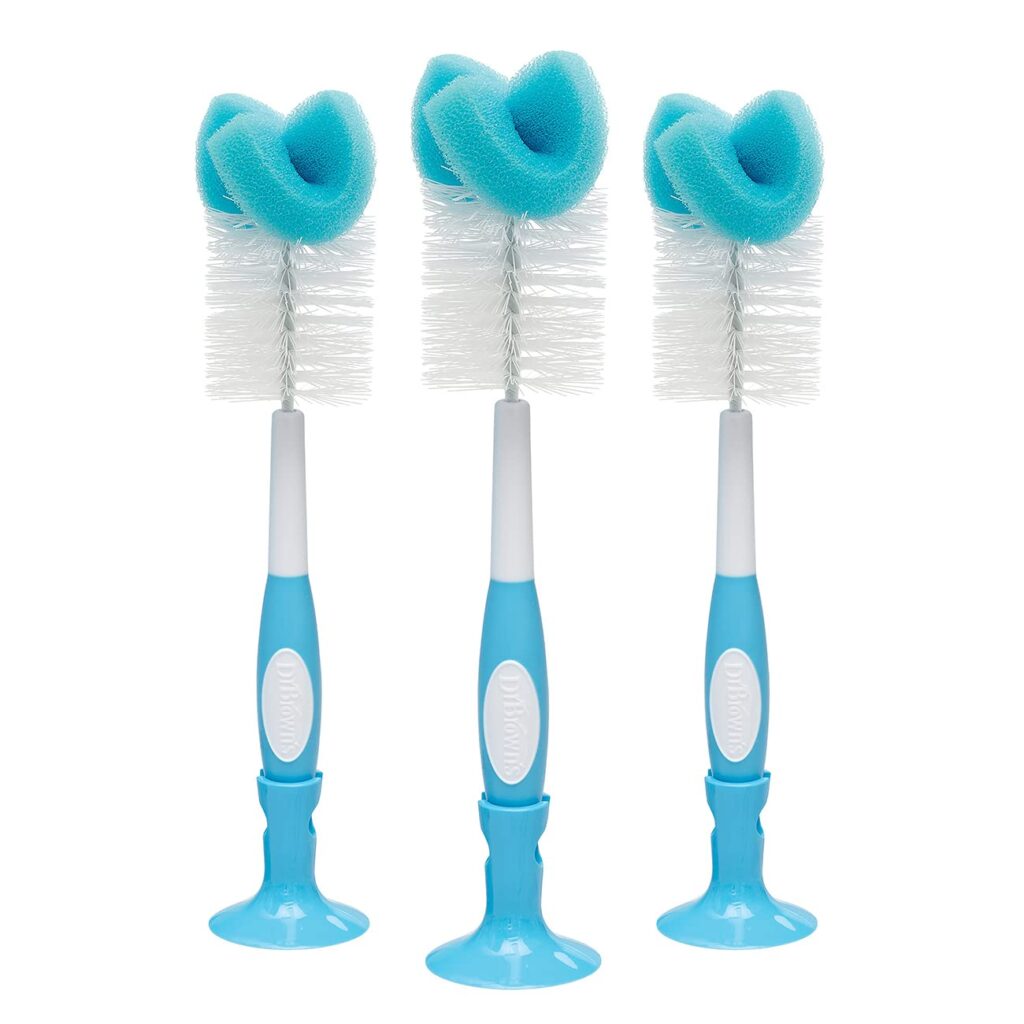Ensuring your baby’s feeding bottles are clean and sterile is crucial for their health and safety. Proper cleaning and sterilization prevent harmful bacteria from reaching your baby. Here’s a step-by-step guide to help you maintain your baby’s bottles in pristine condition.

Why Cleaning and Sterilizing is Important
Babies have developing immune systems, making them more susceptible to infections from bacteria, viruses, and fungi. Residue from milk and formula can harbor these microorganisms, so keeping bottles clean and sterile is essential for your baby’s health.
Step-by-Step Guide to Cleaning Baby Feeding Bottles
1. Gather Your Supplies

- Nipple brush
- Mild dish soap
- Clean sink or basin
- Clean towels or drying rack
2. Disassemble the Bottles
Take apart all components of the bottle, including nipples, rings, valves, and any other parts. This ensures every part is thoroughly cleaned.
3. Rinse Immediately After Use
Rinse the bottles and parts with cold water to remove any milk or formula residue. This step prevents the buildup of bacteria and makes cleaning easier.
4. Wash Thoroughly
- Fill the Sink: Fill your sink or basin with hot, soapy water using a mild dish soap.
- Scrub All Parts: Use a bottle brush to clean the inside of the bottle. A nipple brush is perfect for cleaning the inside of nipples and other small parts. Ensure you scrub every surface, including the threads where the bottle and nipple ring screw together.
- Rinse Again: Thoroughly rinse all parts with clean water to remove any soap residue.
5. Dry Completely
Place the bottles, nipples, and other parts on a clean towel or a drying rack. Allow them to air dry completely before reassembling. Avoid using a dish towel to dry the parts as it can introduce bacteria.
Step-by-Step Guide to Sterilizing Baby Feeding Bottles
Sterilizing adds an extra layer of protection by killing any remaining bacteria after cleaning. Here are common methods for sterilizing baby bottles:
1. Boiling
- Fill a Pot: Place bottles, nipples, and other parts in a large pot.
- Add Water: Fill the pot with enough water to cover all parts completely.
- Boil: Bring the water to a rolling boil and let it boil for 5 minutes.
- Cool: Carefully remove the items using clean tongs and place them on a clean drying rack to cool.
2. Steam Sterilizers
Steam sterilizers are convenient and easy to use. They come in electric or microwave versions.
- Follow Manufacturer’s Instructions: Place the bottles and parts in the sterilizer and follow the instructions specific to your model.
- Cool and Dry: Once the cycle is complete, allow the items to cool before using them.
3. Chemical Sterilization
Chemical sterilization involves using sterilizing tablets or liquid solutions.
- Prepare Solution: Follow the instructions on the packaging to prepare the solution.
- Soak Bottles: Submerge the bottles and parts in the solution for the recommended time.
- Rinse if Necessary: Some solutions require rinsing with cooled boiled water after soaking.
Tips for Maintaining Sterility
- Assemble Bottles Right Away: Once the bottles are dry, assemble them immediately to prevent contamination.
- Store Properly: Store the assembled bottles in a clean, dry place.
- Sterilize Regularly: Regularly sterilize bottles, especially for babies under 3 months, premature babies, or those with weakened immune systems.
Conclusion
Properly cleaning and sterilizing your baby’s feeding bottles is vital for their health and safety. By following these steps, you can ensure your baby’s bottles are free from harmful bacteria and safe for feeding. Consistency is key—make it a routine part of your daily care to keep your little one healthy and happy with InspireQuest.





